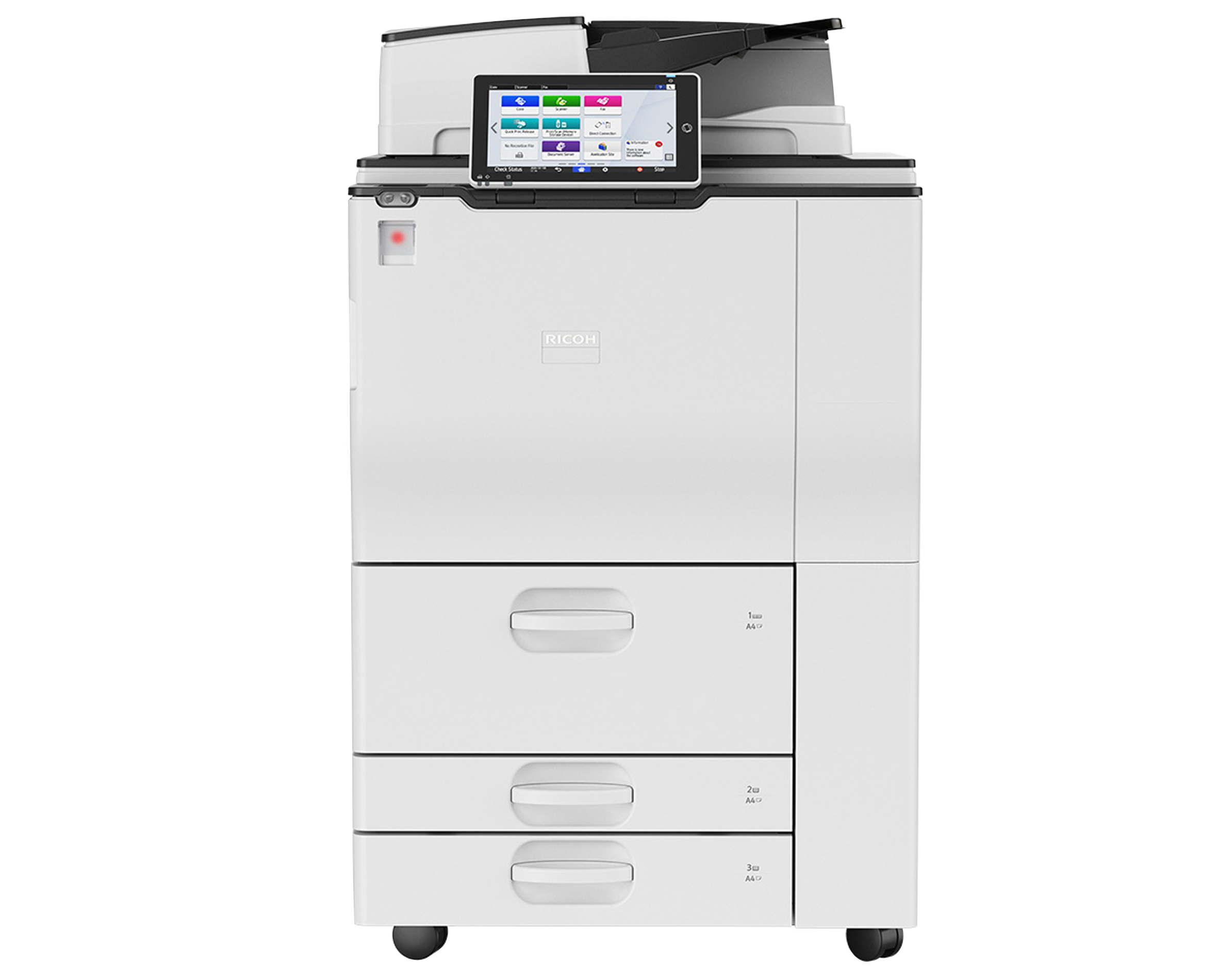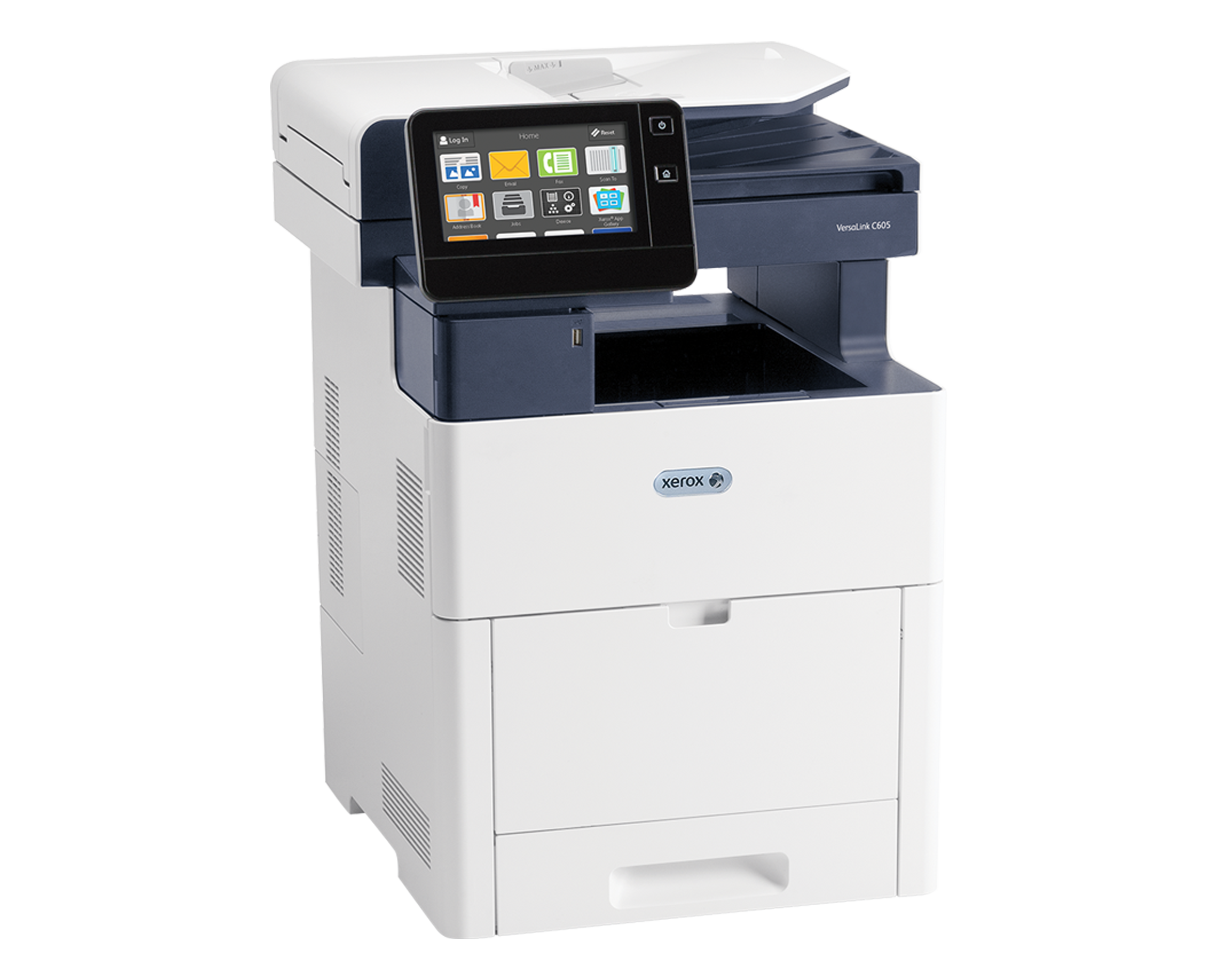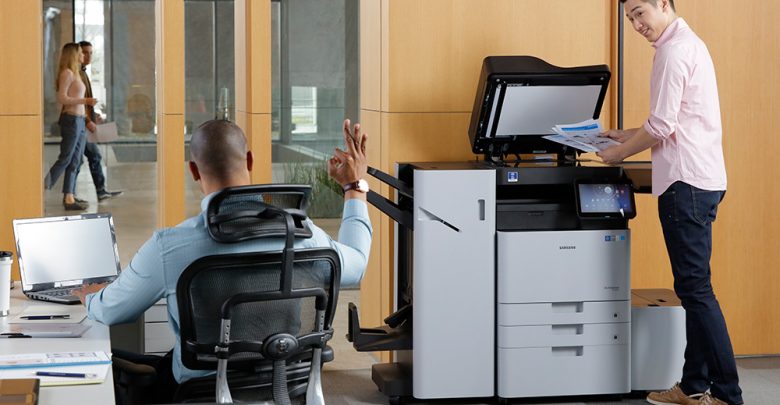Printer troubleshooting means diagnosing and solving common issues that can occur in printers. This may include several problems like connectivity problems, common paper jams, error messages, print quality issues, and a whole lot more.
Several steps can be done to troubleshoot a printer. But these steps vary from one model to another. These are only general tips on identifying and resolving common printer issues. For more advanced issues, look for a professional technician.
Look into the connections.
All cables for both power and data have to be properly connected and secure. When you use a network printer, you have to make sure that this is connected to the network and that it comes with a valid IP address.
Look for error messages in the machine.
Be alert to find any error messages or warning lights often displayed on the control panel or display screen. Always refer to the user manual and the manufacturer’s site so you will understand the precise meaning of the error message shown. Then just follow the steps listed on how to resolve the error message.
Power cycle the printing machine.
This is a basic troubleshooting step. Turn off the machine and unplug it from the source. Wait for 30 seconds then plug it in again. This helps in resetting the printer’s internal settings.
Make it a habit to update or reinstall printer drivers.
Various issues can be caused by updated or corrupted printer drivers. That’s why you must visit the manufacturer’s site and download the latest drivers for your specific printer model. You have to uninstall the current printer drivers from the computer and reinstall the new drivers.
Make sure to clear the print queue.
When you’re having print jobs that are not printing or simply stuck, just clear the print queue on your computer. Go to the print queue and open it. Cancel all print jobs that are pending. Try to start printing again.
Check the toner or ink levels of the machine.
When your printer makes use of toner or ink cartridges, look at their levels. Just refill or replace cartridges that are low or plain empty. Moreover, ensure that such cartridges are installed well and properly seated within the printer.
Find out if there are paper jams.
It is common for a printer to have paper jams. All you have to do is to check the access door of the copier or printer machine and take out any jammed paper. Make sure that you follow the instructions of the manufacturer on how to clear paper jams to prevent machine damage.







